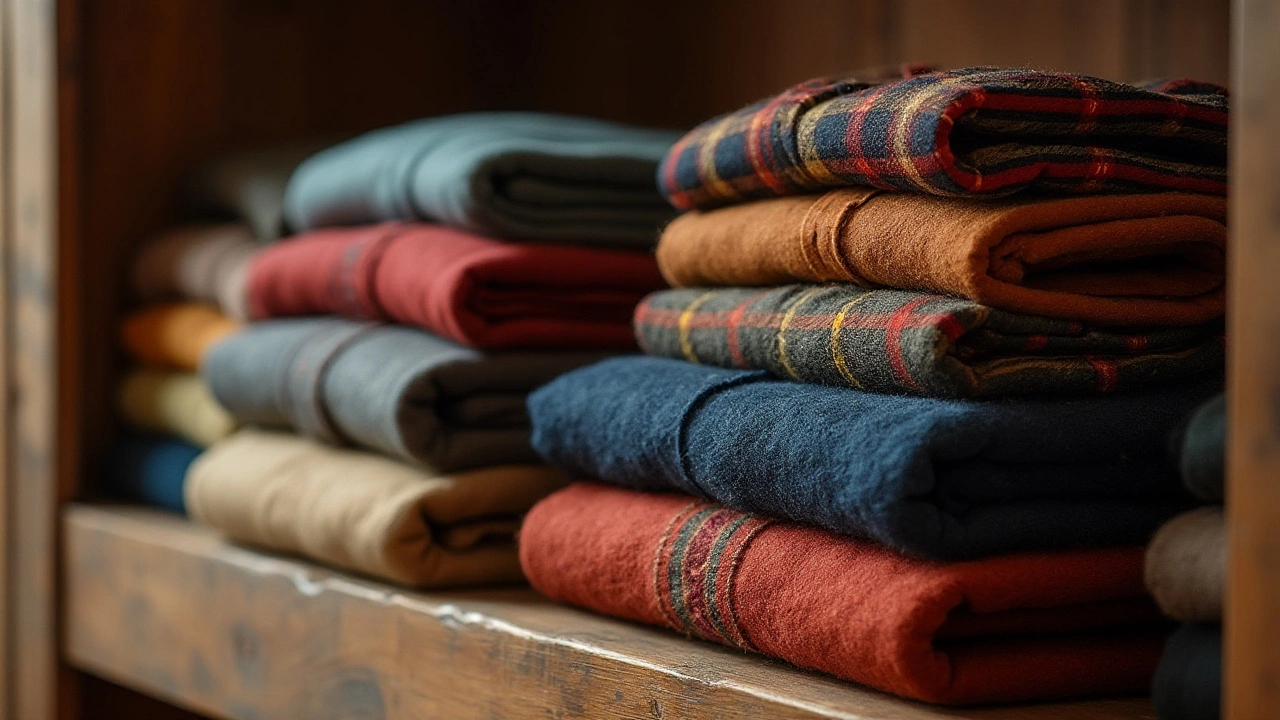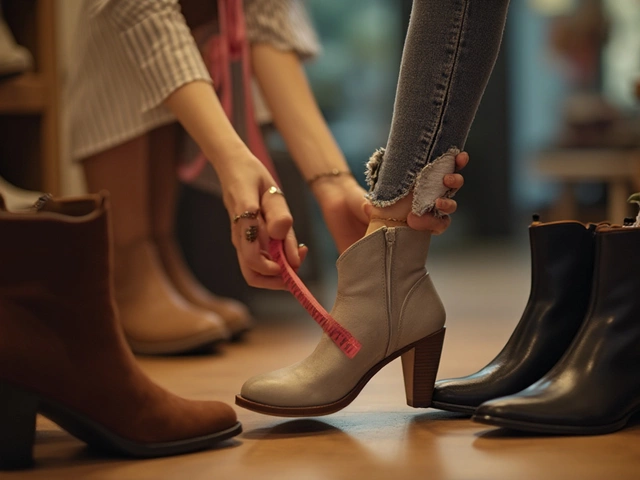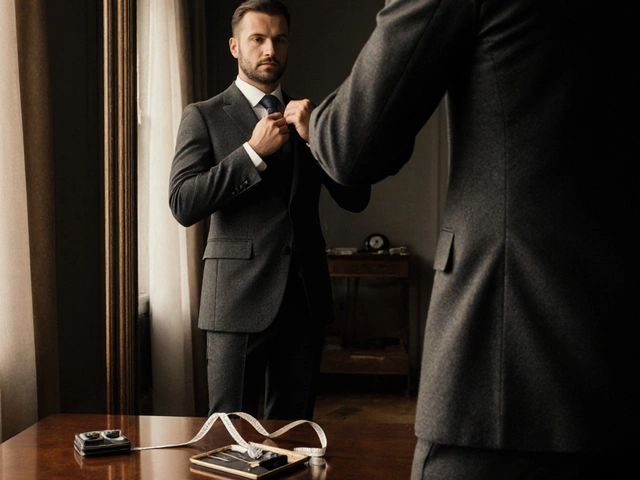Folding Coats: The Practical Way to Stay Warm on the Go
Ever bought a coat that looks great but takes up half your luggage? You’re not alone. Folding coats solve that problem by collapsing into a small bundle without losing warmth or style. In this guide we’ll show you what to look for, how to pack them right, and a few styling tricks you probably haven’t tried.
Why Choose a Folding Coat?
First off, a folding coat is built for flexibility. The fabrics are usually lightweight down, synthetic insulation, or a thin wool blend that can compress without crushing the fibers. That means you can toss it in a backpack, a suitcase, or even a tote bag and still have it ready for a sudden chill. Second, many modern designs come with hidden pockets, water‑resistant shells, and sleek cuts that don’t scream “travel gear.” So you get function and fashion in one piece.
Another win is cost. Because the materials are lighter, folding coats often sit in a lower price range than heavy winter parkas. You can find a reliable option for under $100, and still get features like removable hoods and adjustable cuffs. If you’re budget‑conscious, this is a great way to stay prepared without breaking the bank.
How to Pack and Care for Your Folding Coat
Packing a folding coat is almost a science, but you don’t need a PhD. Start by laying the coat flat, zip or button it up, then fold the sleeves across the back. Next, fold the bottom up to meet the collar, creating a rectangle. Finally, roll or fold the rectangle in half, depending on the coat’s thickness. You’ll end up with a compact bundle that fits neatly in a side pocket or a carry‑on.
When it comes to care, treat your folding coat like any other outerwear. Spot‑clean spills right away with a mild detergent, and if the whole coat needs a wash, follow the label – most synthetic insulated coats survive a gentle machine wash on cold, then tumble dry low with a couple of clean tennis balls to restore loft.
Store the coat loosely when you’re not using it. Hanging it on a wide hanger prevents creases, and keeping it in a breathable garment bag protects it from moisture. Avoid crushing it for months on end; give it room to breathe so the insulation stays fluffy.
Finally, think about style. A folding coat doesn’t have to look like a utility piece. Pair a sleek charcoal folding coat with slim jeans and a light sweater for a city‑ready look, or throw it over leggings and a hoodie for a weekend hike. Because it folds down, you can carry it in a small backpack and pull it out when the weather turns.
In short, folding coats give you the freedom to travel light, stay warm, and keep a decent sense of style. Pick one with a good insulation rating (look for 80‑fill power for down, or a high‑tech synthetic rating), test the compression in store if you can, and you’ll have a reliable companion for any climate change.
Now that you know the basics, go ahead and explore the selection at Handmade Designs Elgin. Their curated range includes locally‑made folding coats that blend craftsmanship with practical design – perfect for anyone who wants to look good without lugging a bulkier jacket around.

Folding Coats: Best Practices and Common Mistakes
Discover the nuances of coat folding as we explore whether it's okay to fold them, the impact on coat material, and the best methods to preserve their shape. This guide will help you make informed decisions about storing your outerwear efficiently. From understanding the texture of your coat to practical tips for small spaces, we aim to equip you with useful knowledge. Reducing the chances of wrinkles and damage has never been easier.




